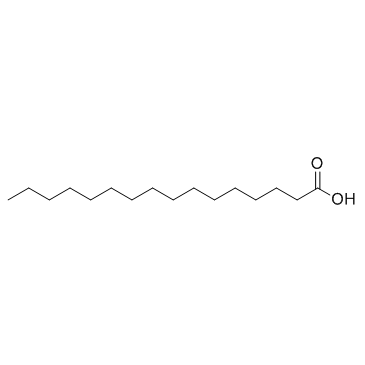| Structure | Name/CAS No. | Articles |
|---|---|---|
 |
Ethanol
CAS:64-17-5 |
|
 |
Palmitic acid
CAS:57-10-3 |
|
 |
diisopropyl fluorophosphate
CAS:55-91-4 |